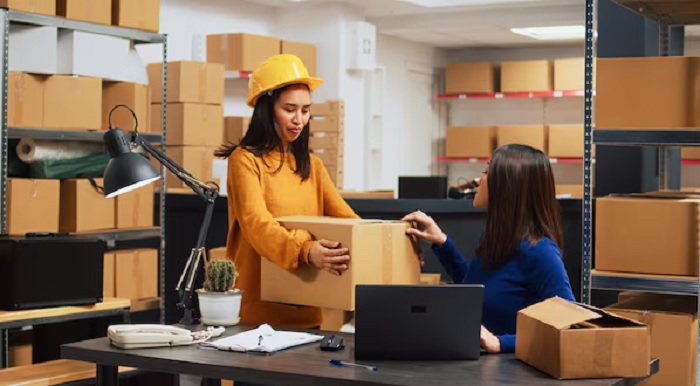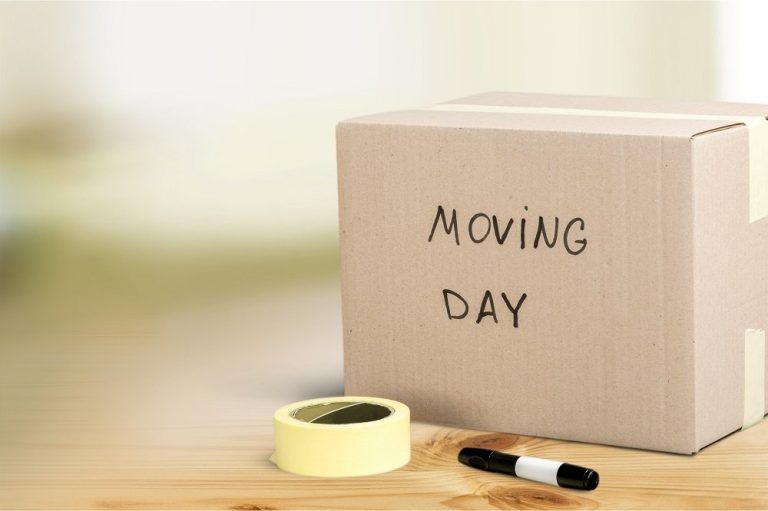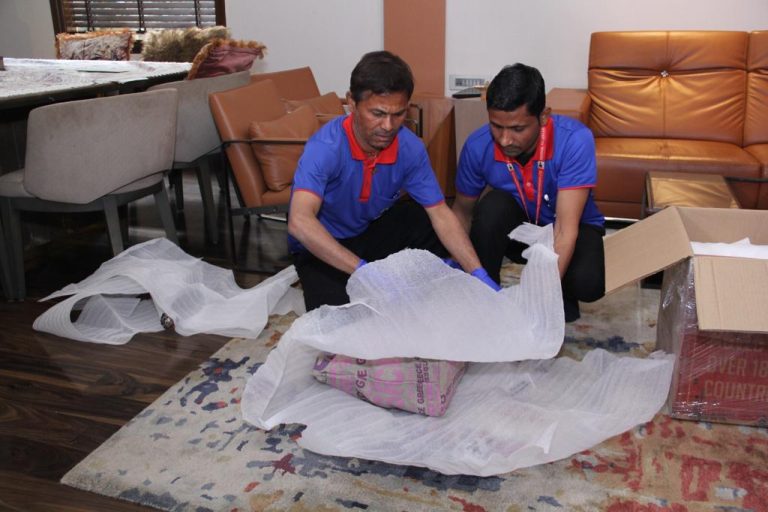Moving to a new home is a significant milestone, often filled with both excitement and a considerable amount of stress. Whether you’re relocating across town or across the country, the process of packing up your life and setting up in a new space can be overwhelming. Two essential components that play a critical role in ensuring the success of your move are logistics and unpacking. Both are integral to making the transition seamless, but which one should take precedence, and how can you strike the right balance?
In this article, we’ll explore the dynamics of logistics and unpacking in the moving process, discussing how each one impacts your move and providing practical insights into how to approach both tasks to make your relocation experience as smooth as possible.
The Importance of Logistics in a Successful Move
When it comes to moving, logistics is the backbone of the entire process. It refers to the planning, coordination, and execution of all the physical and logistical tasks involved in getting your belongings from point A to point B. From hiring movers to coordinating the packing process, the logistics of a move are foundational to ensuring everything runs smoothly.
1. Planning and Scheduling: The First Steps to Success
Proper logistical planning is crucial for a move. This involves selecting the right time and method for your move, organizing transportation, and securing any necessary permits or arrangements for parking. For those moving long distances, logistics also involves determining the best route for travel and managing any long-haul transportation.
A critical aspect of moving logistics is scheduling. Ideally, you should begin planning your move several weeks or even months in advance. This will give you time to research moving companies, book a truck rental, or arrange for shipping, ensuring availability and preventing any last-minute rushes. For larger moves, especially those involving multiple movers or a long-distance journey, early scheduling can save you both money and stress.
2. Packing and Loading Efficiency
Packing and loading your items is another essential component of moving logistics. How you pack and load your belongings into the moving truck or container can significantly impact the efficiency and cost of the move. Professional movers often have extensive experience in loading a truck efficiently, utilizing every inch of available space and ensuring that delicate items are properly secured to prevent damage.
When handling a DIY move, planning how to pack and organize items is equally important. Heavy items should be packed first and placed at the bottom of the truck, while fragile items should be packed last to prevent crushing. Additionally, organizing the truck so that boxes and furniture are unloaded in the correct order at your new home will help reduce the time and energy spent during the unloading process.
3. Time Management and Coordination
Logistics also involves time management—ensuring that each part of the move happens at the right time. This includes everything from the timing of packing to the arrival of the moving truck. If you’re hiring movers, good coordination is key to ensuring that they arrive on time, handle all necessary equipment, and work efficiently to get your belongings safely to their destination.
An essential part of logistics is ensuring that your move-out and move-in dates align. If you’re renting, for instance, the timing must be precise so that you don’t have to pay for extra days of storage or overlap between your old and new leases. Likewise, if you’re moving into a home that requires some repair or cleaning, being able to coordinate your move-in with the completion of those tasks will make unpacking and settling in much easier.
The Art of Unpacking: The Final Stage of the Move
While logistics deals with the efficient transportation of your belongings, unpacking is the critical stage where you transform your new house into a home. It involves unpacking boxes, setting up furniture, and arranging your belongings in a way that suits your lifestyle. While logistics sets the stage for a smooth transition, unpacking ultimately allows you to breathe life into your new space.
1. Setting Priorities for Unpacking
Unpacking can easily become a daunting task, especially when faced with a sea of boxes. However, by approaching the process with a strategic mindset, you can make it feel much more manageable. The key to efficient unpacking is prioritization.
Start by unpacking the essentials—those items you need immediately upon arrival. This typically includes toiletries, a few changes of clothes, kitchen items for basic meals, and your bed or bedding. By handling these items first, you can settle in and begin the process of adjusting to your new space without the stress of digging through piles of boxes.
Once your essentials are set up, move on to larger furniture and appliances. Setting up your kitchen, living room, and bedroom will allow you to enjoy the comforts of your home while you continue the unpacking process in other areas. This staged approach ensures that you’re not overwhelmed by the volume of items to be unpacked.
2. Room-by-Room Unpacking Strategy
After addressing the essentials, tackle each room in an organized manner. Focus on one room at a time to avoid feeling overwhelmed by the sheer amount of work. This helps prevent clutter from accumulating and gives you a clear sense of progress as you work your way through the boxes.
For example, start with the living room where you can place furniture, arrange your entertainment system, and set up decorations. Once the living room is in order, move to the kitchen. Unpack kitchen essentials like pots, pans, and plates first, followed by pantry items. The goal is to create functional spaces quickly so you can move through the rest of the house with greater ease.
3. Organizing and Decorating
Unpacking provides the perfect opportunity to rethink your organization and home design. This is where you can take your time to rearrange furniture and thoughtfully place your belongings in a way that maximizes both comfort and aesthetics. Don’t feel pressured to have everything perfect right away. Take breaks, step back, and assess the layout as you go.
Consider investing in storage solutions that help reduce clutter and keep your home organized in the long term. This might mean purchasing shelving, storage bins, or closet organizers that suit your new space. The unpacking phase can be a time of creativity—deciding where each item belongs and personalizing the space to reflect your style.
Logistics vs. Unpacking: What Works Best?
When comparing logistics and unpacking, both play crucial roles in a successful move. However, it’s clear that logistics sets the stage for everything else. Without careful planning and attention to detail in the logistics phase, the unpacking process can become chaotic and stressful.
Effective logistics ensure that your move goes smoothly, from hiring movers to ensuring that everything is packed and transported efficiently. Once everything arrives at your new home, unpacking becomes the final step in creating a home environment that suits your needs.
So, what works best?
The reality is that both logistics and unpacking are interdependent. You can’t have a successful move without solid logistics, just as you can’t settle into your new home without unpacking. The key lies in balancing the two—ensuring that logistics are handled efficiently so you can focus your energy on unpacking and making your new home truly yours.
While logistics may demand your attention early on, unpacking will require a more thoughtful, patient approach. By prioritizing tasks, setting realistic goals, and staying organized, you can make both aspects of your move work in harmony, leading to a smoother transition and a home that feels like home in no time.
Conclusion
In the moving process, logistics and unpacking are two sides of the same coin. Logistics ensures that the move itself is planned and executed efficiently, while unpacking brings your new house to life. The balance between these two components is essential to a smooth, stress-free transition. By preparing properly and approaching unpacking with a clear strategy, you can minimize the strain of moving and enjoy settling into your new space with ease.















